

In The English Apple Man Journal, I write extensively about apples, and some times 'touch on Pears' - this week we will exclusively look at pears
Utilising The British Apples and Pears (BAPL) website and the wealth of information on the history of pears, which takes us back to 2000BC as a starting point, moving on through the centuries until today and drawing on Joan Morgan's highly informative The Book of Pears and adding a bit of my own experience we will demonstrate the fruit described as: Pear as the Golden one if Apple is the Silver
Click on: The History of Pears
2000 BC
It is thought that pears originated in the Caucasus from where they spread to Europe and Asia and that they were first cultivted 4000 years ago.
PRESENT DAY
Today around 8% of all pears sold in the UK are British. Tree spacings have been reduced to increase productivity per hectare and pruning has been altered to allow more light in to trees. The most modern systems are based on plantings of 3000 trees per hectare, or more!
Pears
There are three types of Pear - European Pear, Asian Pear & Ornamental Pear
Below: left. a very old pear orchard, and right. a traditional pear orchard format popular over the last 50 years
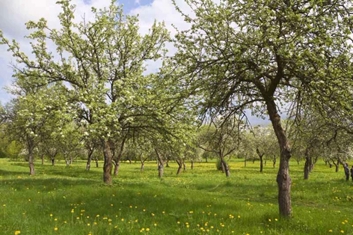
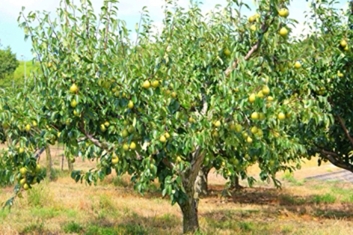
Below: left. A young Vee system orchard and right. an established Vee system pear orchard which has become the format for today's intensive pear orchards
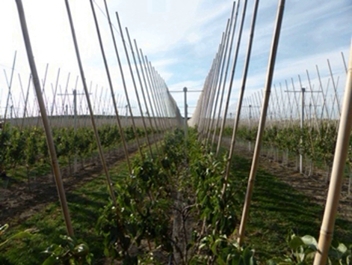
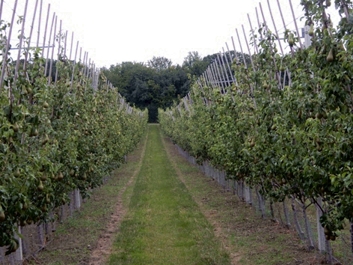
Pears are full of beneficial nutritional elements
Click on: Pear Nutrition
British pears Supermarket sales data
Click on: Supermarket Sales Data - Pears
Health benefits from eating pears
Click on: UK Pear Health Benefits
In the past The English Apple Man has highlighted the challenges and developments of growing pears in the UK. Below two Journals from 2012 featuring industry experts presenting data at a EMR Pear Conference
Click on: EMR Pear Conference 2012 - part 1 Click on: EMR Pear Conference 2012 - part 2
Joan Morgan's Book of Pears
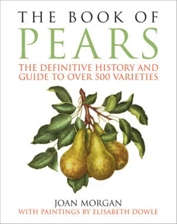 The Book of Pears is a one-of-a-kind guide to this extraordinary fruit, following its journey through history and around the world, accompanied by beautiful botanical watercolour paintings and period images. Noted pomologist and fruit historian Joan Morgan (The Book of Apples) has researched and crafted the definitive account of the pear's history and uses, from fresh eating to cooking and baking to making perry, the delicate and sophisticated pear equivalent of cider.
The Book of Pears is a one-of-a-kind guide to this extraordinary fruit, following its journey through history and around the world, accompanied by beautiful botanical watercolour paintings and period images. Noted pomologist and fruit historian Joan Morgan (The Book of Apples) has researched and crafted the definitive account of the pear's history and uses, from fresh eating to cooking and baking to making perry, the delicate and sophisticated pear equivalent of cider.
Although apples may have won the battle for modern-day supermarket shelf space, throughout history the pear has usually ranked even higher in the hearts of fruit enthusiasts and connoisseurs. Cherries, plums, peaches, and many other fruits are also wonderful in their season, but the pear at its finest can be so much more exceptional in terms of its luscious texture, richness of taste, and its fragrances reminiscent of rose water, musk, and vanilla.
The Book of Pears is a unique and one of a kind guide to the pear. Travelling through history and across the world, it tells the story of the pear and that of the collectors, gardeners and connoisseurs who have made it such a treasured fruit for eating fresh, cooking and making into perry. At the heart of the book lies a Directory to over 500 varieties of pear, more than 40 of which are illustrated by the renowned botanic artist Elisabeth Dowle.
Below: Joan Morgan
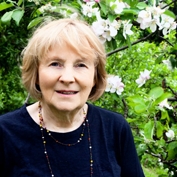 This website complements The Book of Pears and Elisabeth's paintings by providing photographs of almost every one of the 500 varieties described in its Directory, impossible to include in the book itself. To read their full accounts, you will need The Book of Pears. In combination with the book, the website can be used both to put an image to a name and to help put a name to an unknown pear. But these photographs can also stand alone as a testament to the glorious diversity of the pear.
This website complements The Book of Pears and Elisabeth's paintings by providing photographs of almost every one of the 500 varieties described in its Directory, impossible to include in the book itself. To read their full accounts, you will need The Book of Pears. In combination with the book, the website can be used both to put an image to a name and to help put a name to an unknown pear. But these photographs can also stand alone as a testament to the glorious diversity of the pear.
Click on: Companion Website to Joan Morgan's Book of Pears
Quote from Edward Bunyard, The Anatomy of Dessert 1929
" The Pear must be approached, as it's feminine nature indicates, with discretion and reverence; it withholds it's secrets from the merely hungry"
![]() That is all for this week
That is all for this week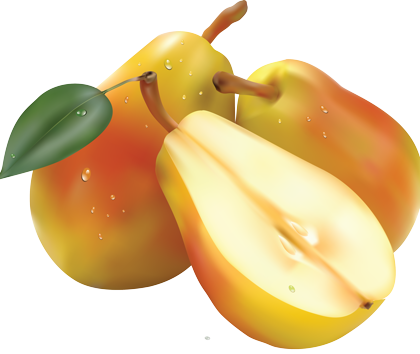
Take care
The English Apple Man